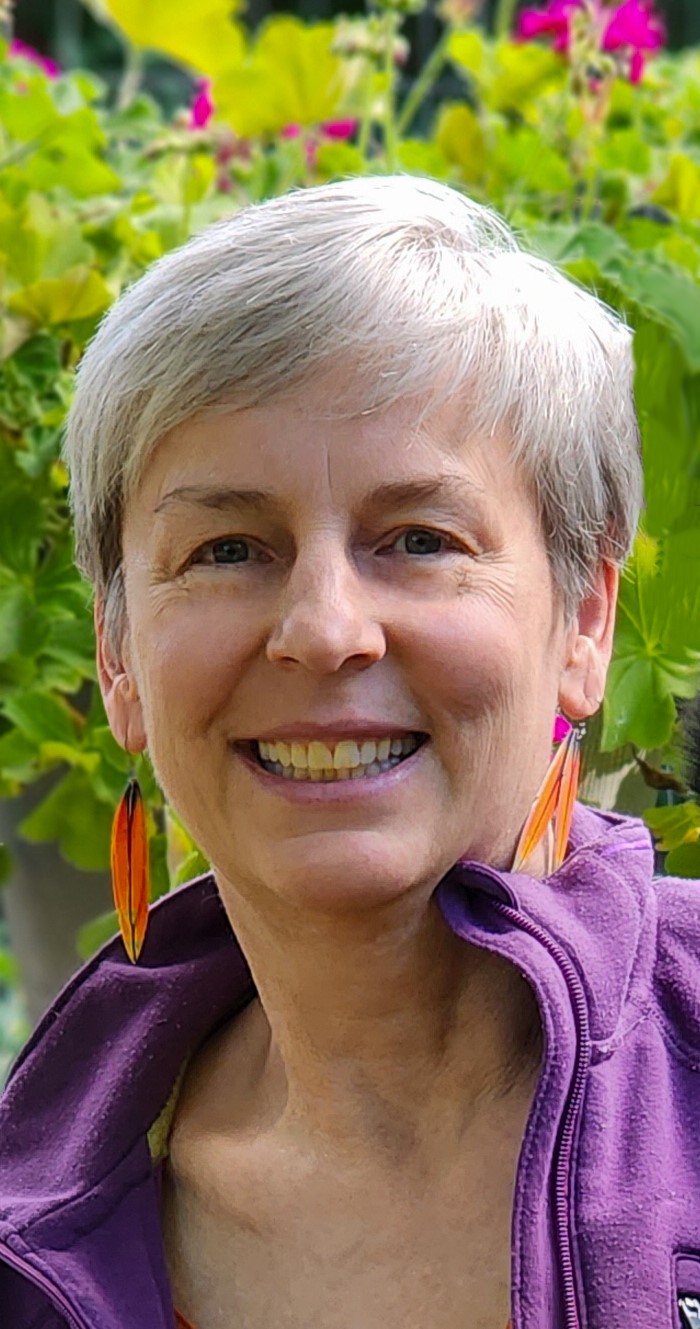By Wendy Keefover and Kristin Combs WRITERS ON THE RANGE

She was 28 years old and dealt with aplomb the hordes of picture-taking tourists and repeated motherhood. When she was killed by a car a few weeks ago, the loss of grizzly 399 left people all over the world shocked and saddened.
Grizzly 399 wasn’t just another wild bear in northwestern Wyoming; she was a window into the secret lives of grizzlies. Over nearly three decades she raised 18 cubs amidst the millions of visitors and residents of Jackson Hole and Grand Teton National Park.
Her death speaks, as her life did, about the urgent need to better protect these intelligent, rare creatures from roads, human foods, farm animals and trophy hunters.

Grizzly 399’s life captivated millions of people. Attentive and patient, she worked hard to make sure her cubs had sufficient food and warm dens and were protected from male bears and other dangers.
The doings of her many families, the first in 2004 and the last in 2023, made her legendary, like the time she and her four cubs feasted on serviceberries right next to a road, gently picking berries among the leaves.
There was also the time she crossed the Snake River with four cubs following like the tail of a kite, while hundreds of people gathered to witness. These intimate glimpses inspired countless numbers of visitors to Wyoming’s wilderness and gave them a connection with the famous bear and her broods.
Grizzly 399 had always been careful around roads. She often waited at a highway’s edge until a photographer stopped traffic or she heard no vehicles coming her way. She frequently navigated busy highways and the streets around Jackson Hole.
In the end it was not enough.
Vehicle collisions, a leading cause of wildlife deaths, are just one more threat for grizzly bears. This year alone, the Greater Yellowstone Ecosystem has seen record numbers of mortalities. By October 2024, at least 68 grizzlies had died—most killed because they came near humans or were shot by hunters.
With their habitats shrinking, their foods vanishing and more roads fragmenting their territories, grizzlies have become marooned on geographic islands for their survival. Their lands have been increasingly hemmed in by developments, energy projects and deadly highways.
Once 50,000 strong, fewer than 2,000 grizzly bears now survive in the lower 48 states. Coexisting with them means addressing preventable conflicts by bear-proofing human-food sources or safeguarding livestock. Many of grizzly 399’s cubs were killed by humans. Perhaps half of them survived to adulthood.
One Jackson Hole resident, for example, deliberately and defiantly fed them, despite the dangers of getting bears accustomed to human-provided meals. Teton County has since introduced tougher enforcement measures, including requiring bear-resistant garbage cans with self-locking mechanisms. The Wyoming Department of Game and Fish and the U.S. Fish and Wildlife Service also required residents of Teton County to make garbage and bird feeders inaccessible to keep grizzly 399 and her cubs safe.

One takeaway is that grizzly bears can be managed with compassion. This needs to be the norm, not the exception, and we need to shift practices to prioritize coexistence over killing.
In bear country, people can make human foods unavailable, ranchers can employ electric fencing and remove cattle and sheep carcasses, and hunters can carry bear spray and accurately identify their targets before shooting.
Grizzly 399’s last surviving cub, Spirit, has not been seen since its mother’s death. Nearly two years old, the cub was last reported as healthy and may have a chance at survival. Its future—indeed, the future of all grizzlies—depends on people’s willingness to change behaviors.
It is especially important that we resist calls to strip grizzly bears of their Endangered Species Act protections, certainly until grizzlies are truly recovered, with genetically diverse and connected populations across secure habitats.
This means creating safe passages, including highway crossings, between their populations. We must also hold the line against trophy hunting. Removing Endangered Species Act protections, which are now under attack in the U.S. Congress, the U.S. Fish and Wildlife Service and elsewhere, could set back years of conservation work.
With grizzly 399’s passing, it feels as though something is missing in the Tetons—something vivid and wild that moved us. Her legacy calls us to act, to create a future in which grizzly bears and people live together in safety.
The writers are contributors to Writers on the Range, writersontherange.org, an independent nonprofit dedicated to spurring lively conversation about the West. Wendy Keefover works for the Humane Society of the United States; Kristin Combs is executive director of Wyoming Wildlife Advocates.













